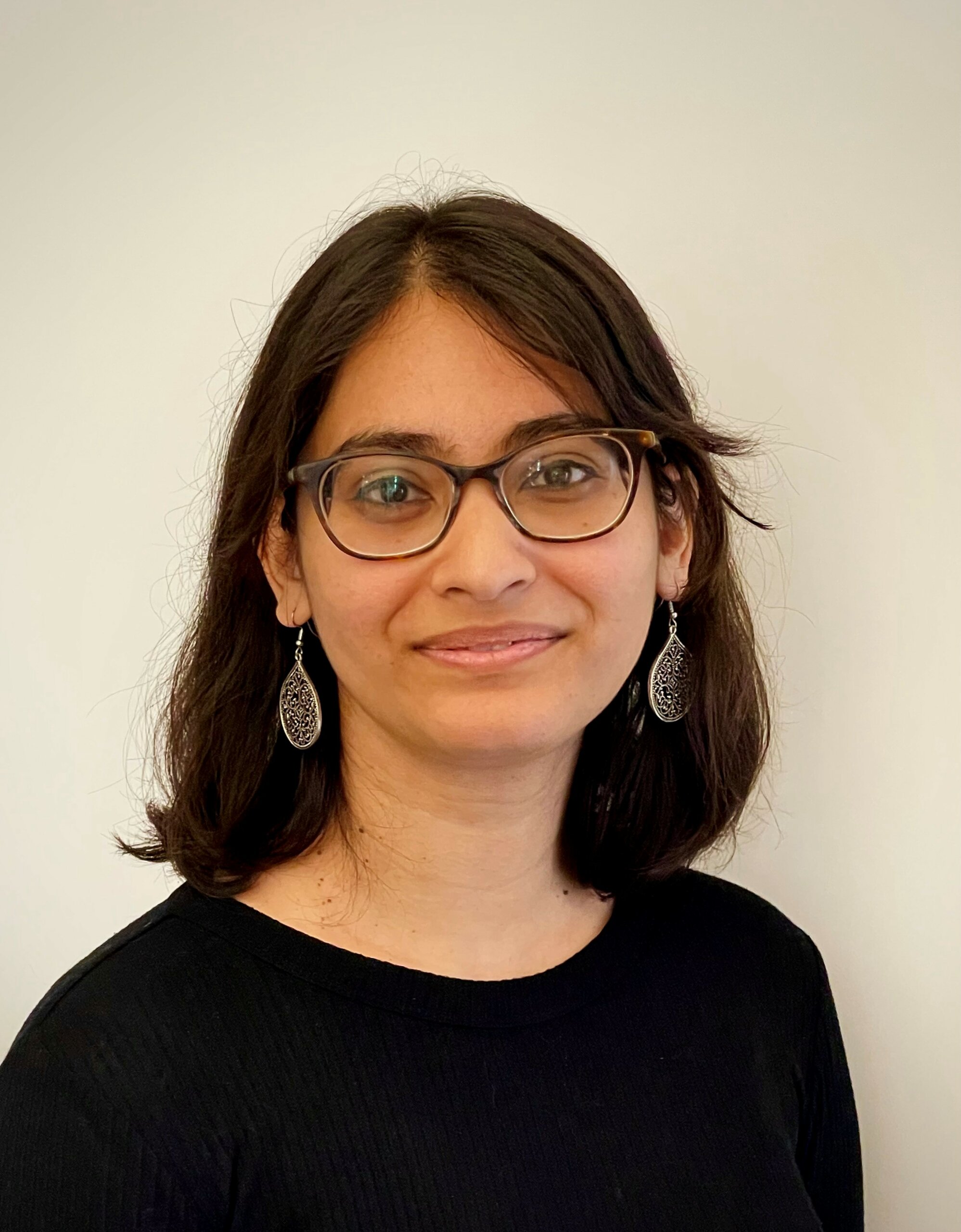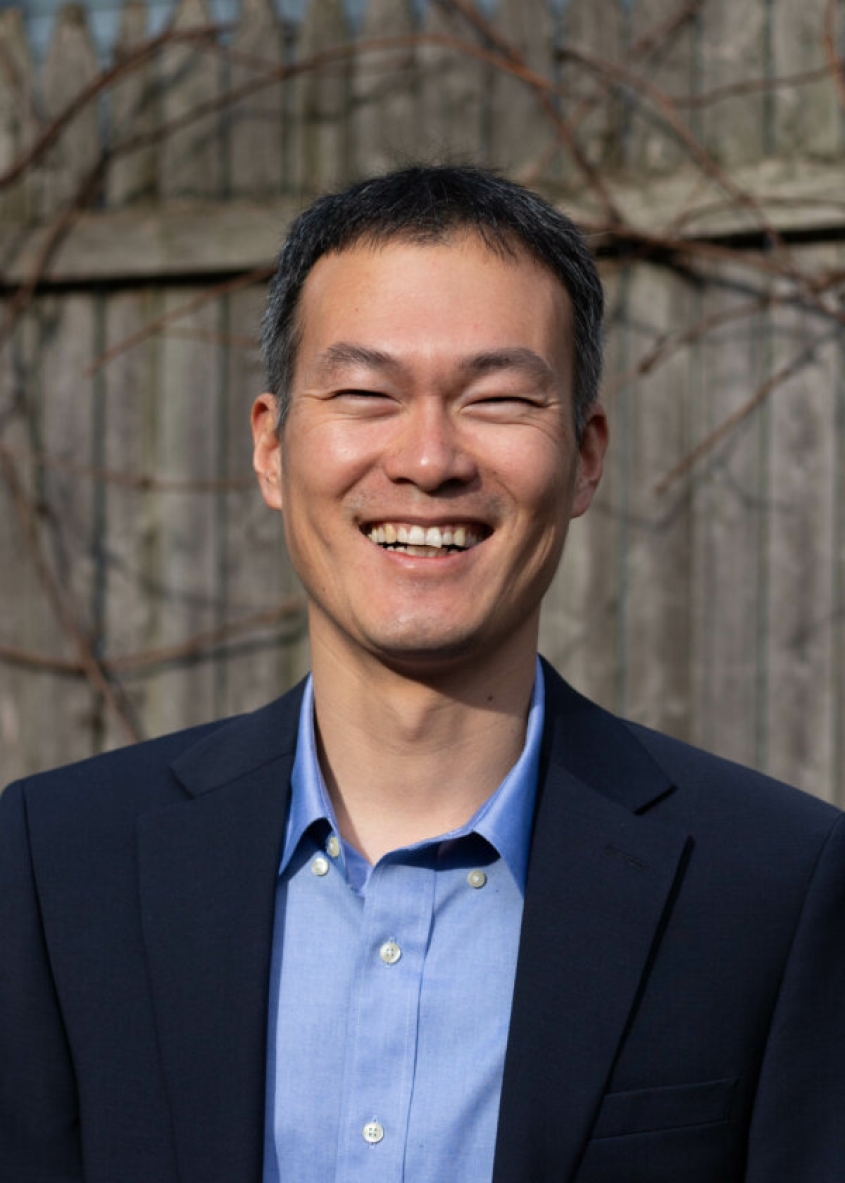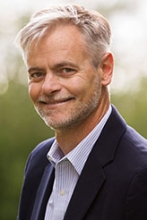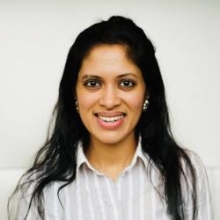Biochemistry and Cell Biology
| Faculty | Research Area(s) |
|---|---|
 Carolyn Adler | Stem cell biology in planarian flatworms; organ regeneration; transcriptional and cell biological responses to tissue injuries; animal behavior - lab |
 Hector Aguilar-Carreno | Entry, egress, and interactions of enveloped viruses with host cells, with emphasis on emerging paramyxoviruses, vaccine and antiviral strategies - lab |
 Nicolas Buchon | Host/microbe relationships and control of intestinal stem cell behavior in homeostasis and disease - lab |
Arbovirus-host interactions, discovery of host restriction and pro-viral factors, RNA biology of viruses and host cells, mechanisms of viral emergence, epidemic preparedness. - lab
| |
 Soon Hon Cheong | Cellular and molecular medicine; developmental and reproductive biology; infectious diseases; population medicine and epidemiology; structural and functional biology - lab |
 Paula E. Cohen | Etiology of spontaneous birth defects in mammals; mechanisms of meiotic recombination; DNA repair proteins in meiosis and recombination; germ cell development; ovarian development - lab |
 Ruth Collins | Pharmacology; cancer cell biology; small GTPase regulation of intracellular traffic and cellular growth control - lab |
 Brian Crane | Protein redox chemistry; electron-transfer reactions; mechanisms of signal transduction; circadian clocks; protein photosensors; bacterial chemotaxis; receptor signaling; nitric oxide enzymology; metallobiochemistry - lab |
 Susan Daniel | Dr. Daniel leads a research group of biomolecular engineers working to understand cell membrane functions and the biological processes that happen within them. Her group pioneered the use of “cell-free” biomembrane platforms for re-creating cellular processes on chip. Much of the work they do has impact in human health or advancing biotechnologies for the good of humankind. |
 Robin Dando | Taste and sensory science, the biology of how we perceive foods, obesity and metabolic diseases – lab |
 Charles Danko | Medical genetics and genomics and cancer biology research |
| Genetic and epigenetic mechanisms of chromosome inheritance and aging during meiosis and early development. |
 Michelle Delco | Investigating mitochondria as a link between cartilage trauma and osteoarthritis to understand how joint injury leads to arthritis in horses and humans |
 Matthew DeLisa Matthew DeLisa | Molecular biotechnology; protein biogenesis and folding pathways; protein engineering - lab |
 Tobias Doerr | Cell envelope biology of Gram-negative pathogens; antibiotic resistance; tolerance and mechanism of action; microbial stress responses - lab |
 Maria Julia Bevilaqua Felippe | Cellular and molecular mechanisms involved in B cell response; neonatal immunology and response to vaccination; immunomodulation using biologic response modifiers; cancer immunotherapy; characterization of primary and secondary immunodeficiencies - lab |
 Andrew Flyak Andrew Flyak | human antibody response to viral pathogens; use immunologic and biochemistry assays and use structural biology techniques to “see” how antibodies bind and neutralize viral pathogens - Lab |
 Chun Han | mechanisms of dendrite morphogenesis and neurodegeneration using Drosophila sensory neurons as a model system - lab |
 Gunther Hollopeter Gunther Hollopeter | Molecular mechanisms of membrane trafficking in multicellular systems, in vivo imaging and CRISPR/Cas9 genome engineering in C. elegans, protein biochemistry and structural biology of clathrin adaptor complexes - lab |
| Molecular and cellular mechanisms of neurodegeneration - lab |
 Kelly Hume | Cancer biology; veterinary oncology; clinical oncology; molecular oncology; DNA damage; chemosensitivity and novel therapeutics |
 Saki Ichikawa | My group integrates chemical biology, organic chemistry, and chemical proteomics to explore the intricacies of protein modifications and their impacts on biological systems - lab |
| Gene silencing in germ cells. - chromatin structure and transcriptional fidelity in spermatogenesis. | |
| bioactive lipids shape host-microbe interactions; host-microbe molecule exchange and bioactive lipids in infant nutrition | |
 Toshi Kawate | Structures and mechanisms of membrane proteins that regulate extracellular signaling - lab |
 Satoshi Kimura | Kimura lab focuses on translation mechanisms in bacterial pathogens. |
 Gary Koretzky | Aims to better understand the signal transduction events that occur following engagement of the T cell antigen receptor; study more globally the molecular events important for immune cell development, differentiation and function |
 Natasza Kurpios Natasza Kurpios | Tissue morphogenesis; cell shape and architecture; organ development; gut morphogenesis; mammary gland biology; breast cancer - lab |
| Cellular biomechanics; mechanotransduction; cell migration; muscular dystrophy and cancer cell biology - lab | |
 Esak Lee | The laboratory is currently focused on further advancing the novel 3D organ-on-chip systems, as well as developing both cellular and molecular tools and in vivo models, to better understand the mechanisms through which cells regulate their response to biological and mechanical cues - lab |
 Cynthia Leifer | Understanding innate immunity from the receptors that detect microbes to how innate immune cells react to changes in their environment during inflammatory processes - lab |
| we interrogate how the acute sensing mechanisms in musculoskeletal cells relate to tissue level changes in healthy and disease states - lab | |
 David Lin | Axon guidance; neurodevelopment; epilepsy; autism; genomics - lab |
 Maurine Linder | Regulation of cell signaling by protein lipidation |
 Sabine Mann | Metabolic diseases and insulin signaling; nutrition; epidemiology; metabolic and nutritional immunology |
 Eirene Markenscoff-Papadimitriou Eirene Markenscoff-Papadimitriou | gene-regulatory mechanisms that generate diversity during brain development; probe function of human genetic variants linked to autism - lab |
 Katharyn Mitchell Katharyn Mitchell | Large Animal Internal Medicine |
| Cancer metabolism and therapeutic opportunities |
 Joseph Peters | We are generally interested in genomic stability and chromosome evolution, especially how these are impacted by mobile DNA elements. We have a special interest in molecular mechanisms mobile elements capable of moving between positions in the genome called transposons use to limit damage to the host and maximize the process of horizontal transfer. |
 Shu-Bing Qian | Translational control of gene expression; signaling pathways in stress response; protein quality control in metabolic diseases - lab |
| Membrane protein trafficking and quality control mechanisms - lab | |
| Role of cellular protein, lipids, and glycans play in viral infection | |
 Carolyn Sevier | Signaling of cellular oxidative stress; molecular mechanisms used by cellular pathways that sense and signal redox imbalances within the cell |
| Cell signaling and genome maintenance; DNA replication stress; Phosphoproteomics | |
 Jeongmin Song | Bacterial toxins; Salmonella Typhi; bacterial pathogenesis - lab |
| Dr. Subramanian’s research focuses on understanding the principles governing cellular heterogeneity, crosstalk, and evolution in the context of human tissues and disease. Her interdisciplinary research program operates at the nexus of high-throughput data measurements, development and application of computational methods, and experimental design, with key collaborations for clinical samples, and mechanistic validations in vivo and in situ. |
 Alexander J. Travis | Comparative biology of male germ cells; signaling and metabolism of sperm during capacitation; organization of lipid raft membrane sub-domains in sperm; applications of technologies using reproductive stem cells for wildlife conservation - lab |
 Meng Wang | We use molecular biology, genetics and animal models to dissect how our metabolism gives rise to chemicals that damage our DNA- Wang Lab |
 Robert Weiss | Molecular mechanisms for the maintenance of genomic stability; cellular responses to DNA damage; mouse models of human cancer - lab |
| Cancer biology; stem cell biology; biochemistry and cell biology - lab | |
 Gary R. Whittaker | Role of nuclear import and export in influenza virus infection - lab |
 Haiyuan Yu | The Yu group performs research in the broad areas of Network Systems Biology. We use integrated computational-experimental systems biology approaches to determine protein interactions and complex structures on the scale of the whole cell. In particular, we focus on protein-protein and gene regulatory networks and seek to understand how such intricate systems evolve and how their perturbations lead to human diseases, especially autism spectrum disorder and cancer. |
 Mariana Wolfner | Molecular and genetic mechanisms of reproductive processes, specifically functions and evolution of seminal proteins and (separately) mechanisms of egg activation and early embryogenesls - lab |














